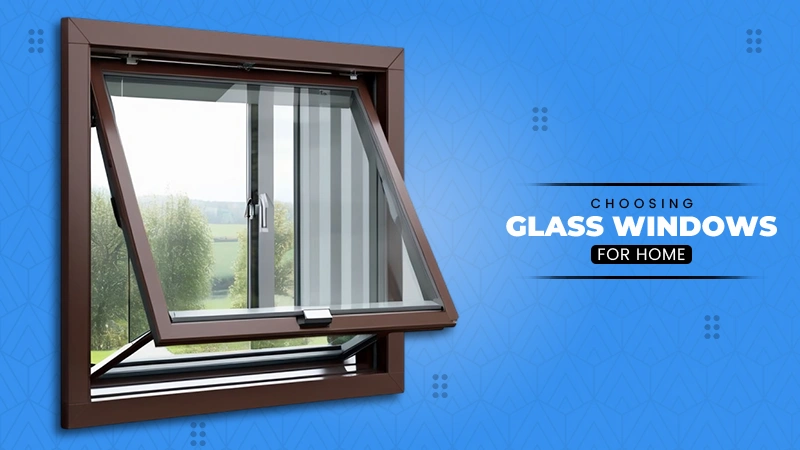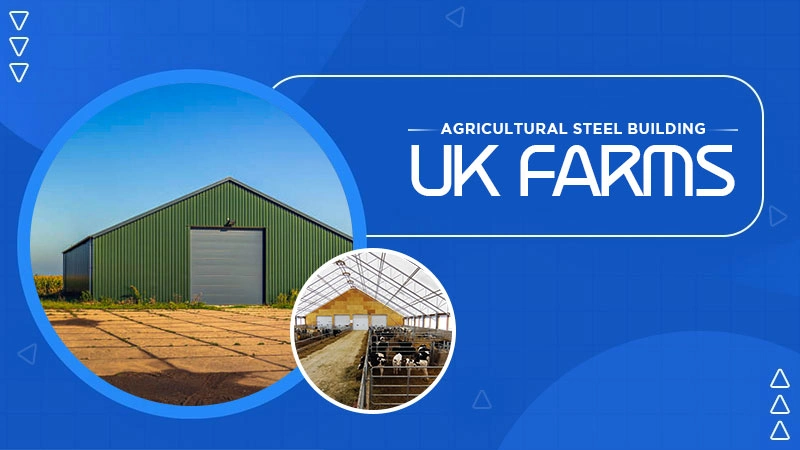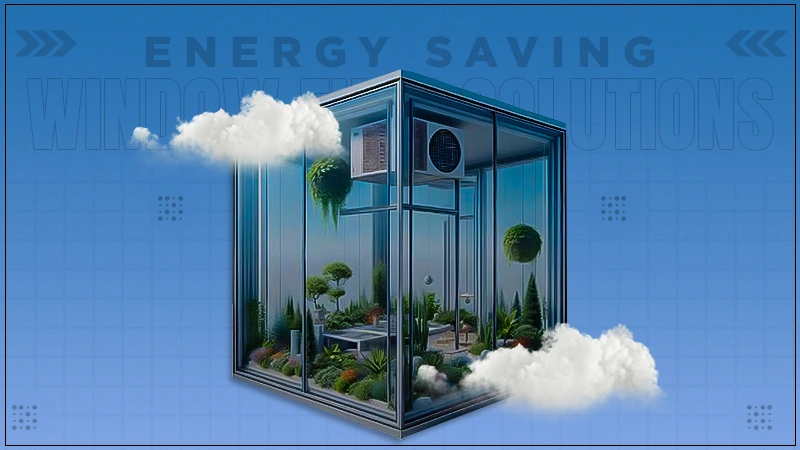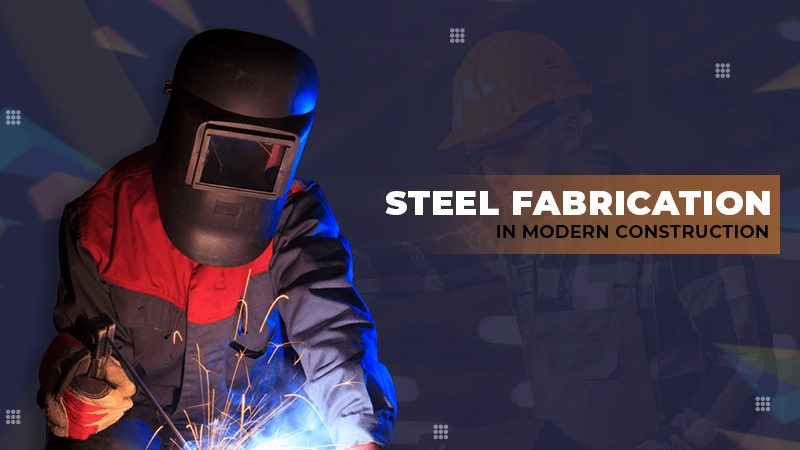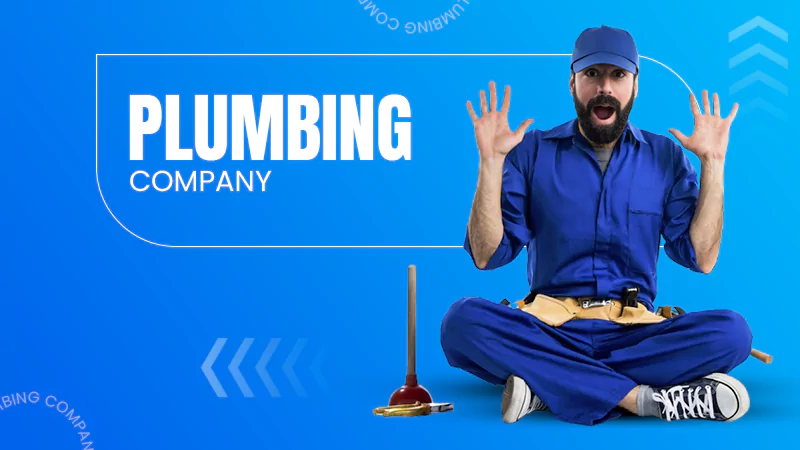Sustainable Steel Production: An Environmentally Friendly Future for Steel Gates
As more homeowners and companies look for environmentally friendly construction solutions, sustainable steel production has become the catch of the day. Steel gates, so long admired for their looks and durability, are now also admired for their environmentally friendly image — if not every type of steel is created equal.
Why Steel Is Already a Green Solution
Steel is likely to be the most recycled commodity in the world. Most new steel items, like gates, have a high proportion of recycled content. This means fewer raw materials are mined and less energy consumed to generate the required steel for production.
Once a steel product reaches the end of its life, it can be fully recycled again without losing strength or quality. Unlike plastics or composite materials, which often degrade when recycled, steel can be reused repeatedly, supporting a circular economy.
Modern Steel Production Methods
Traditional steelmaking has been carbon-emitting and energy-hungry, but the trend is changing. More and more producers are turning to electric arc furnace (EAF) technology, which is scrap-based and less energy-hungry than older blast furnace methods.
Moreover, other steel producers are also making investments in alternative power sources, using wind, sun, or water to generate power for their plants, all with the aim of lowering carbon levels even more. Hydrogen steel production is also being presented as another new solution, with the hope of eradicating fossil fuels altogether.
The Benefits for Homeowners and Builders
When you incorporate sustainably sourced steel into gates or other elements of a building, not only are you reducing your environmental footprint — you’re helping to grow the market for more sustainable materials. Homeowners and builders seeking certifications such as LEED or BREEAM specifically seek out sustainably sourced steel, knowing that it helps them reach general green building goals.
Longevity Reduces Waste
Steel’s biggest environmental advantage is its long lifespan. Steel gates can last decades with minimal maintenance, which means fewer replacements and less waste in the long term. Compared to woods, which rot, or aluminium, which dents or wears out, steel offers unmatched durability. This long lifespan earns it a sustainable choice regardless of how recyclable it is.
What to Look for in Sustainable Steel
If you want your steel gate to be as green as possible, ask your vendors where their steel originates. Look for goods with high recycled content, low-carbon production, or certification under established sustainability standards. These are now highlighted by numerous upscale gate manufacturers, since they realize environmentally conscious buyers are watching their backs on this.
Choosing steel gates made of recycled material promotes scrap metal recycling demand and sustainable production. It keeps resources in the loop, reduces the need for mining, and it avoids landfilling. By buying products which are part of the circular economy, home owners and business owners are playing their little role towards a greener future.
Final Thoughts
Sustainable steel production is changing the way we think about gates and other structures. It’s no longer design and durability — it’s now eco-friendliness.
By selecting sustainable manufactured steel gates Huntington, you’re not only purchasing a long-lasting, stunning product — you’re doing something beneficial for the planet, as well.
